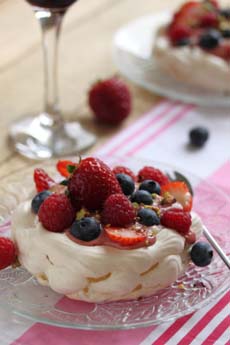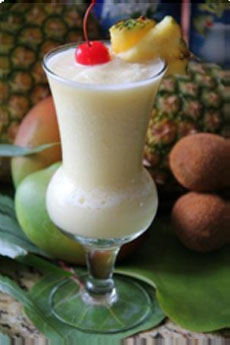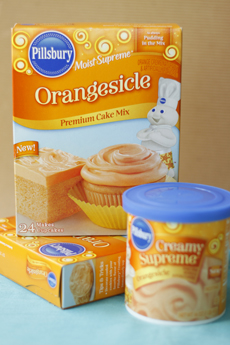|
Looking for something crisp and cruciferous?
The cruciferous vegetables family—arugula, bok choy, broccoli, Brussels sprouts, cabbage, cauliflower, collard greens, horseradish, kale, kohlrabi, mizuna, mustard greens, radish, rapini (broccoli rabe), rutabaga, tatsoi, turnip and wasabi—contains powerful anti-carcinogen antioxidants, and powerfully good flavor.
This recipe, from Pom Wonderful, combines two of the group, broccoli and cauliflower, into a crisp summer salad—the veggies are not cooked. TIP: Cut large florets into small, bite-size pieces.
BROCCOLI & CAULIFLOWER SALAD
Ingredients
Juice from 2-3 pomegranates or 1 cup 100% pomegranate juice
1 cup arils from 1-2 large pomegranates
|
|

Broccoli and cauliflower salad. Photo
courtesy Pom Wonderful.
|
|







